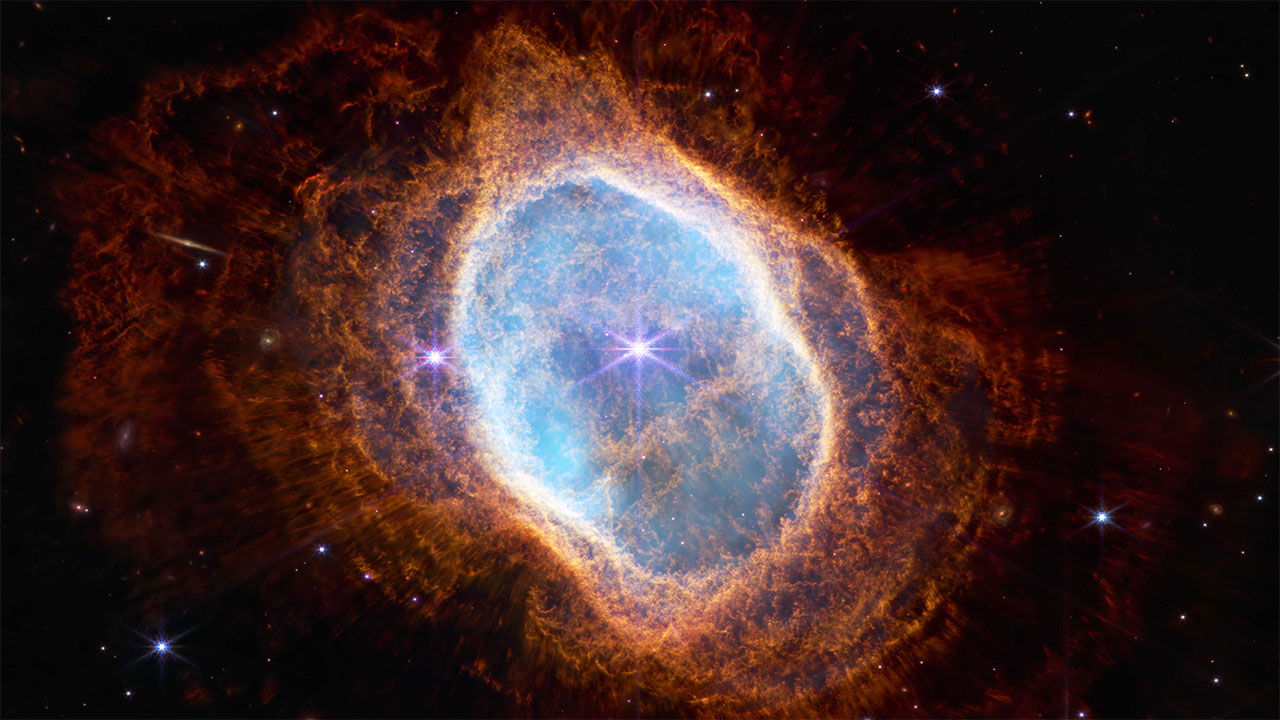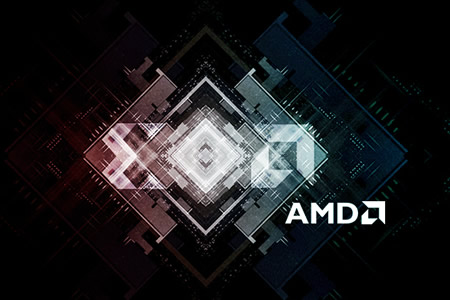
Exploring the history of the universe
The Webb telescope was jointly developed by thousands of scientists, engineers and other professionals and took more than two decades to study various stages of the history of the universe. This super large space telescope will explore the planets, celestial bodies and structures of the solar system, as well as distant galaxies in the early universe with excellent resolution and sensitivity.
The telescope is an international cooperation project led by NASA, with the full support of the European Space Agency and the Canadian Space Agency. The telescope was launched on December 25, and the commissioning time is six months, so that it can be fully deployed, cooled to cold operating temperature, calibrated lenses and calibrated instruments. NASA released the first full-color image and spectral data of the telescope on July 12.

Design anti radiation chip
Satellites - whether space telescopes operating in an orbit of 1 million miles above the earth or common low orbit objects providing communication and other services - are constantly bombarded by radioactive particles. These particles will destroy the performance of semiconductor chips. Therefore, space application chips should be designed to be suitable for the extremely harsh cosmic environment.
Javier Valle, head of the company's aviation power team, said: "In space, it is not only necessary to consider electrical performance as on earth. Devices need to withstand environmental radiation. Heavy ions from galactic cosmic rays or solar high-energy particles may hit integrated circuits and produce various effects. Integrated circuits may be permanently damaged, enter an unrecoverable unknown state, or have minor faults. It is not practical to arrange personnel to repair satellites. Therefore, chips used in this kind of radiation environment must adopt special Special design, in order to continue to operate as expected. "
Help expand the scope of human research
In order to help Weber telescope expand human research into outer space, our company has provided dozens of space level high reliability devices, including:
Data converter: precision data converter manages telemetry and voltage detection, and monitors the operation of spacecraft.
Power supply: power supply management (including voltage regulator) is essential to generate the power required by the satellite to complete all functions. Such devices are not allowed to have any faults.
Operational Amplifiers: operational amplifiers (including high-speed operational amplifiers) are used for imaging applications.
Digital signal processor: DSP helps to support the system computing functions of spacecraft.
Interface: transceiver and LVDS receiver are used to command and control spacecraft and transfer data between different instruments of the telescope.
Logic products: logic chips are used in many telescope applications.
In an orbit of about 1 million miles above the earth, these devices and other complex systems must continue to serve all the tasks of the telescope. The Hubble Space Telescope is the last generation of the Webb telescope. Since it was launched into low earth orbit in 1990, it has been maintained by five space shuttle missions. However, the orbit of the Webb telescope is far beyond the reach of mankind.



